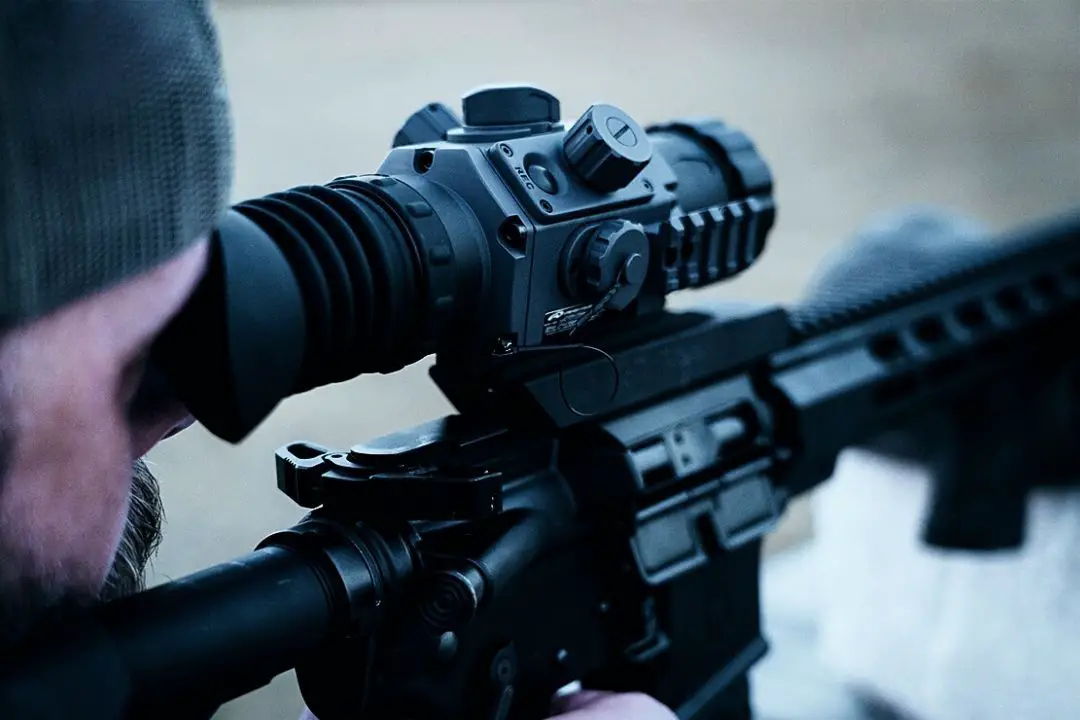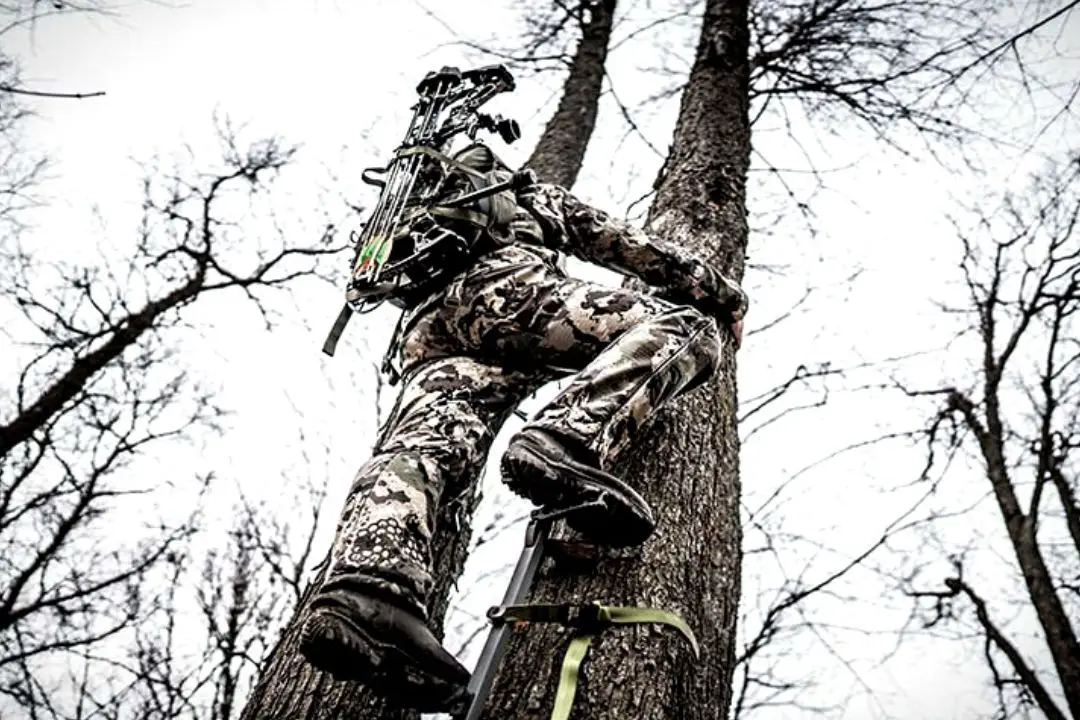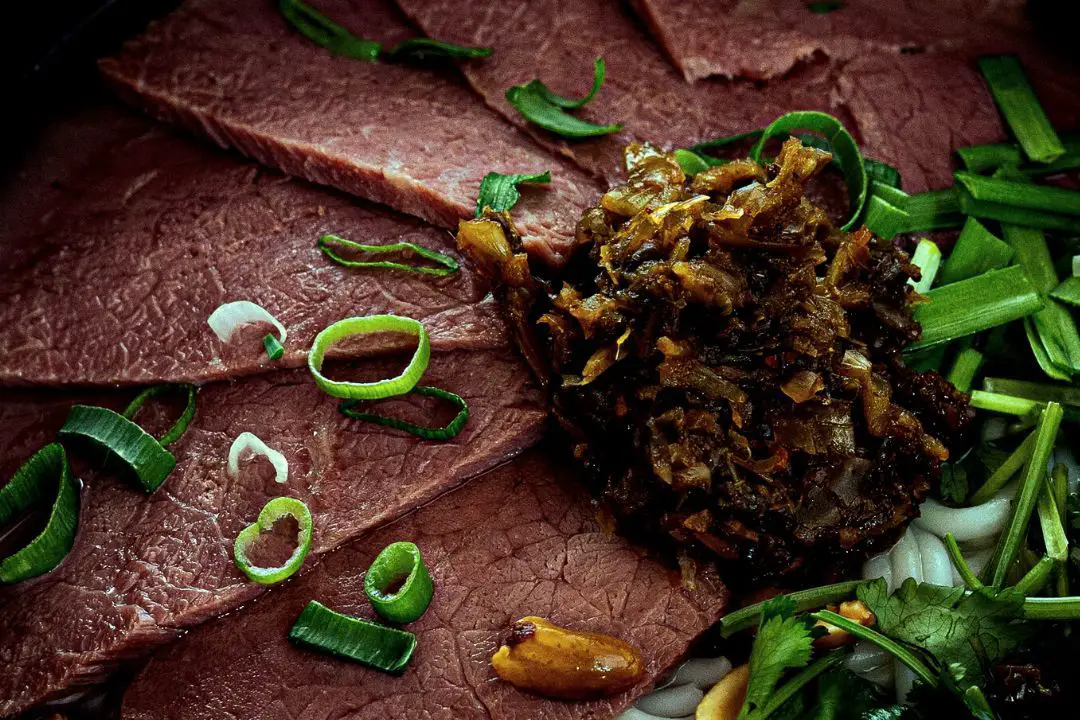Read This Before Going Out To Hunt: Some Science to Help You Bag that Big Buck
In this article, we'll cover some of the basics that will help you be a successful deer hunter. We'll take a look at their food and habitats, we'll discuss how to identify deer tracks and finally, we'll give you some tips on when is the best time of day to hunt deer.
Are you interested in deer hunting and want to be a successful deer hunter?
Then you need to read this article! It covers everything from what deer naturally eat to identifying deer tracks. You'll learn about the best time of day to hunt deer and how to avoid common mistakes hunters make.
With this information, you'll be able to bag your buck in no time! So read on and start honing your skills today before you actually set out for hunting.
A Deer's Natural Habitat: Where to Find It and Why
A deer's natural habitat is wherever it feels most comfortable and has everything it needs to survive. Deer are very adaptable creatures and can live in a wide variety of environments, from dense forests to open plains. However, they do have some specific requirements that must be met in order for them to thrive. Let's take a look at what a deer needs in its natural habitat and how you can find areas that provide these things.
Water Sources
One of the most important things a deer needs in its habitat is a reliable water source. Deer will drink water every day, and they need access to fresh, clean water in order to stay healthy.
Look for areas near ponds, lakes, rivers, or streams where deer are likely to drink. You should also look for places where there is evidence of deer tracks leading to and from a water source.
Food Sources
Another important requirement for a deer's natural habitat is a plentiful food source. Deer are herbivores and their diet consists mostly of plants. Look for areas with lots of green vegetation, such as fields, meadows, or woods with dense foliage.
You should also look for fruit trees or other plants that produce seeds, nuts, or berries that deer like to eat. Once you've found an area with plenty of food options, look for signs of deer activity, such as Tracks, droppings, or disturbed vegetation.
Cover and Shelter
Deer also need somewhere to hide from predators and the elements. They prefer to spend their days in areas with dense vegetation where they can stay hidden from sight. Look for woods with thick underbrush or areas with tall grasses, bushes, and trees where deer can take cover.
You should also look for places where there is evidence of deer bedding down for the night, such as flattened grass or soft soil where they have dug out a depression to sleep in.
So now you know that when you find an area that has plenty of food, water, and cover options, you're likely to find deer living there.
What do deer eat and how does this affect their behavior
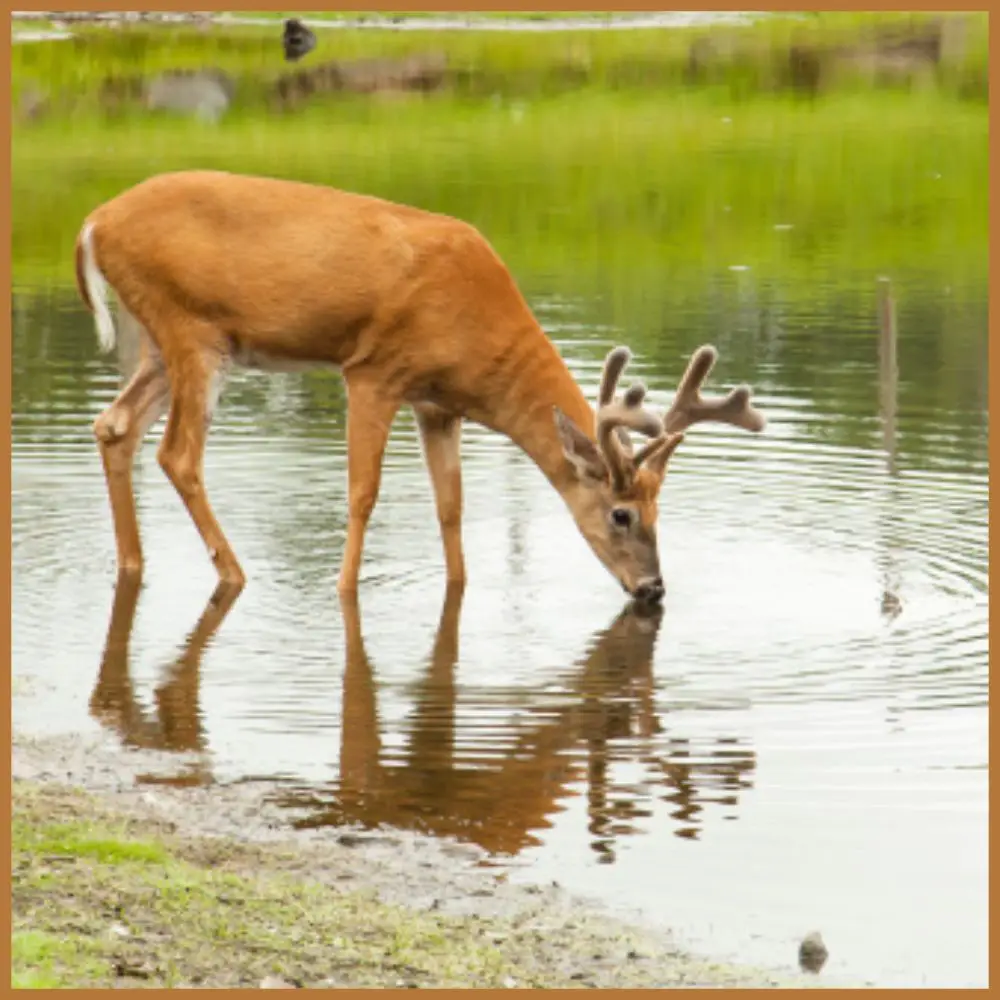
This is a great question, often asked by hunters, because what deer consume greatly affects their behavior. In short, deer are browsers rather than grazers like cows. Deer will eat just about anything they can get their mouths on including twigs, bark, leaves, fruits, and flowers.
Deer have a four-chambered stomach that allows them to eat a variety of vegetation including twigs, buds, acorns, and other fruits. Their front teeth are used for stripping bark while their back teeth are used for grinding vegetation.
But their favorite food by far is the green tissue of woody browse plants. Knowing what deer eat can help hunters be more successful in their pursuits. Let's take a closer look:
Seasonal Effects
The types of foods that deer eat varies depending on the season. In the spring and summer, when browsers are most plentiful, the deer diet consists almost entirely of various plant parts.
Come fall, when Browse becomes scarcer, deer begin to consume more nuts, acorns, fruit, and corn. And in the winter, when food is scarce all around, deer will supplement their diet with bark and twigs.
Variety of Plants
Different types of plants contain different types of nutrients which have different effects on deer behavior. For example, tender new growth browse is high in protein and phosphorus which helps does grow big healthy fawns. Hardwood browse like oak and beech are high in calcium which helps bucks grow big antlers for the breeding season.
So knowing what plants are in your area and what time of year it is will give you a good idea of what foods the deer in your area are eating and how it might affect their behavior.
Time of Day
The time of day also affects what types of food deer will be eating. In the morning, they'll typically be looking for grasses and other types of plants. In the afternoon, they'll usually be looking for nuts, fruits, and leaves.
And at night, they'll typically be looking for twigs and bark. Knowing what time of day to hunt can be a big help in finding deer.
Weather
The weather also affects what types of food deer will be eating. If it's hot outside, they'll usually be looking for foods that are high in water content.
If it's cold outside, they'll typically be looking for foods that are high in fat and protein. And if it's raining or snowing, they'll generally be looking for whatever they can find!
What they eat will ultimately depend on how they taste! Venison from a whitetail is considered the best because they don’t eat as many bitter plants.
Whereas Elks mainly eat grasses and sedges but also consume a lot of shrubs in the winter. That is why their meat is rich in fat and tastes a bit coarse and has more earthy flavors.
Knowing what deer eat can help hunters be more successful in their pursuits by knowing what plants are in the area and what time of year it is.
Optimize your hunting gear organization with the best hunting fanny packs of this year.
Deer tracks and what they tell you about the animal
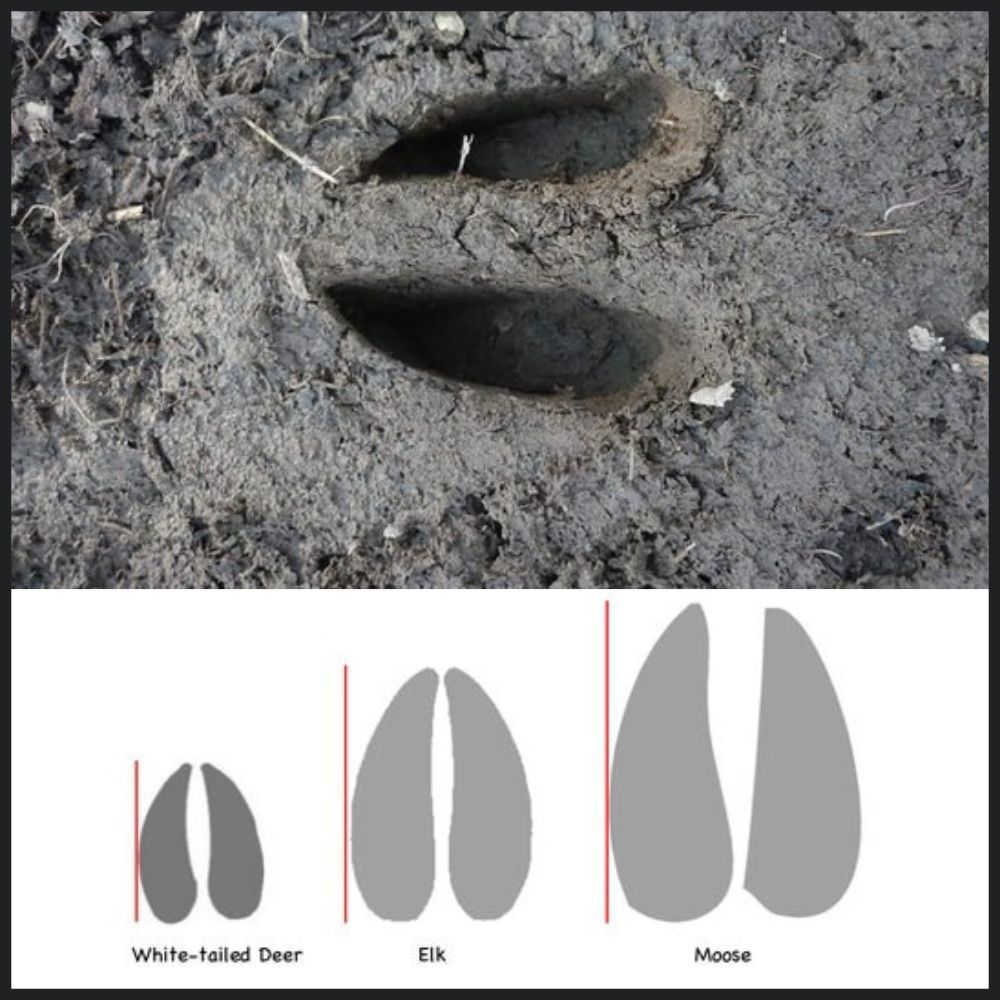
Deer track identification can be difficult if you don't know what you're looking for. Let's get into the basics of identifying deer tracks, what they can tell you about the animal, and how to use that information when hunting.
There are two main types of deer tracks - hoofprints and drag marks.
Hoofprints are left behind by the deer's hooves, and drag marks are made when the deer drags its hooves along the ground. Both types of tracks can be used to identify the animal and tell you a bit about its behavior.
Deer tracks are usually easy to spot in soft mud or snow. If you're having trouble finding them, look for areas where there is broken vegetation or disturbed soil. You can also look for scat, which is a good indicator that there is a deer nearby. Once you've found some tracks, it's time to start identifying them!
The first thing you'll need to do is take a close look at the size and shape of the track. This can help you narrow down which type of deer it came from.
For example, white-tailed deer have heart-shaped hooves with rounded tips, while mule deer have more triangular hooves with sharp tips. Now that you know what type of deer it is, let's take a closer look at the individual tracks.
Pay attention to the size of the track - this will tell you how big the deer is. The width of the track can also give you an idea of how heavy the animal is.
Next, take a look at the depth of the track. This will give you an idea of how fast the deer was moving when it left the track behind. A deep track means that the deer was running, while a shallow track indicates that it was walking or standing still.
Finally, take note of any patterns in the tracks. If all four hooves point in the same direction, then the deer was probably walking in a straight line. But if they're pointing in different directions, then the animal was likely moving around erratically - something that can happen when they're startled or frightened.
Another interesting way to track them is their droppings. If you have some idea about their food habits, you will get some extra advantages.
If you find evidence of a lot of berries or fruits in the droppings, then you know you’re tracking a whitetail deer. Venison from a whitetail is considered the best because they don’t eat as many bitter plants. If acorns are predominant in the droppings, then you’re tracking a mule deer.
The best time of day to hunt deer
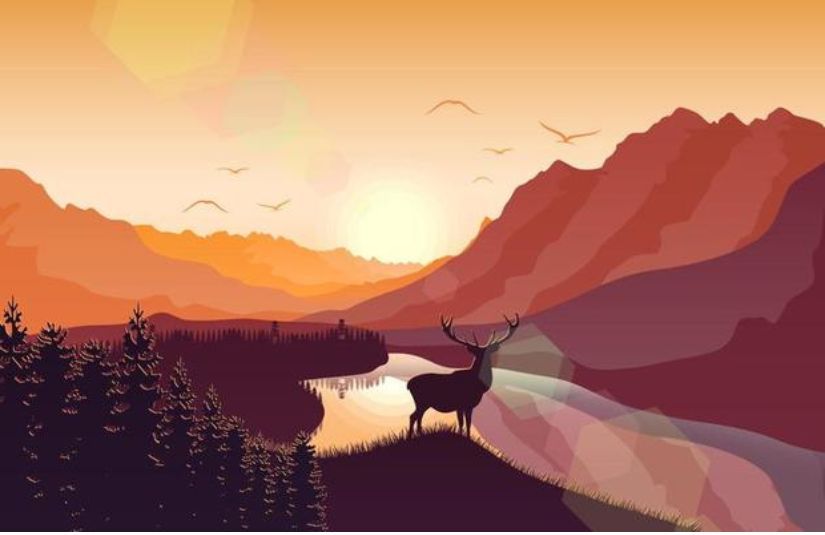
Any good deer hunter knows that timing is everything. But what does the science say about when the best time of day to hunt is? Let's take a look.
Before Sunrise or Right after Sunset
Many deer hunters will tell you that the best time of day to hunt is either right before sunrise or right after sunset. And while there is no question that these times can be effective, the fact is that deer are most active at dawn and dusk regardless of the season. In other words, if you want to up your chances of success, you're better off hunting during these times no matter what time of year it is.
Some Exceptions
Of course, there are always exceptions to the rule. For example, mature bucks tend to be more active during the daytime during the peak of the rutting season ( typically late October through early November in most parts of North America).
Does and fawns, on the other hand, are generally more active at night during this same time period. So if you're hoping to bag a big buck, you'll want to do your hunting during the daytime during the rut.
Another exception has to do with weather conditions. If it's extremely hot out, for instance, deer will often seek refuge in thick bedding areas during the middle of the day and become much more active again once the temperature starts to cool down in the evening.
The same is true in reverse; if it's very cold out, deer will often bed down during the day to conserve energy and will become more active again once it warms up later on. Also, the changing direction and speed of winds throughout the day is an important factor that you should take into account when planning your hunt.
Timing really is everything when it comes to deer hunting. By understanding when deer are most active throughout the day and month, you can increase your chances of success dramatically. Just remember to account for weather conditions and the rutting season when planning your hunts!
Some Common Mistakes Deer Hunters Make
Hunting deer is a time-honored tradition for many Americans. Every year, millions of people across the country take to the woods in hopes of bagging a buck. While some hunters are successful, others go home empty-handed. If you're hoping to bag a deer this hunting season, avoid making these five common mistakes.
Not respecting the animal
One of the most common mistakes deer hunters make is not respecting the animal they're hunting. Deer are incredibly intelligent creatures, and they have keen senses of hearing, smell, and sight.
If you're not careful, they'll spot you long before you even know they're there. Respect their abilities, and take care to avoid making too much noise or movement when you're in their territory.
Not being patient
Patience is key when hunting deer. You can't just walk into the woods and expect to see a buck immediately. It takes time to find them, and even more time to get close enough for a shot. If you're not patient, you'll likely spook them before you ever get a chance to take your shot.
You need to be able to sit in one spot, be it your stand or blind, for long periods of time without making any noise. Even if everything else is perfect and you have a clear shot at the deer, it's important not to take the shot as soon as they come into view. If you are not patient and wait for the perfect moment chances are you'll miss or only wound the animal.
Not being prepared
Deer hunting requires a lot of gear, from firearms (or bows) and ammunition to clothing and food. If you don't have everything you need before heading into the woods, you're setting yourself up for failure. Make sure you have everything you need, and that everything is in good working order, before heading out on your hunt.
Not knowing your limits
No one likes admitting that they're not good at something, but it's important to be honest with yourself when it comes to deer hunting. If you're new to hunting, or if you don't have much experience with firearms, it's best to start slow and work your way up. There's no shame in hiring a guide or taking a few lessons before heading out on your own. It's better to be safe than sorry.
Not using cover scent
Cover scents help mask your human scent so the deer won't be able to smell you coming from a mile away. spraying down with a cover scent before you head out into the woods can give you a big advantage over other hunters who forego this step.
Not being mentally prepared
Hunting can be taxing both physically and mentally. If you're not in the right frame of mind when heading into the woods, chances are you won't be successful.
Take some time to clear your head and relax before heading out on your hunt. And if you find yourself getting frustrated while in the woods, take a break and come back when you've calmed down.
So, if you want to bag a deer this hunting season, avoid making these common mistakes and you'll increase your chances of having a successful hunt.
Conclusion
Deer hunting can be a challenging but rewarding experience. If you're prepared for the challenges and take the time to learn about deer behavior, you'll have a much better chance of success.
We've provided some tips to help you get started, but remember that deer hunting is an art form - it takes practice to perfect your skills. Good luck this season!
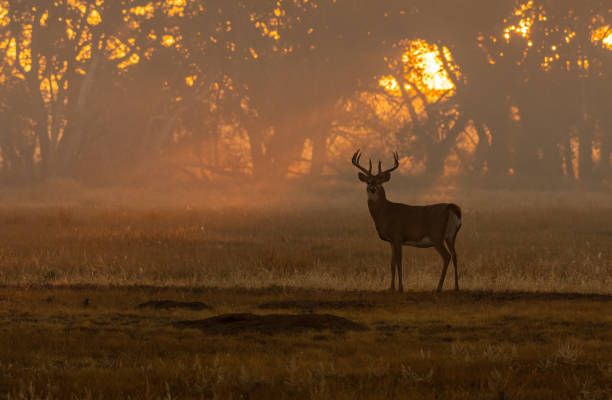
Also, take a look at some of our other articles:
